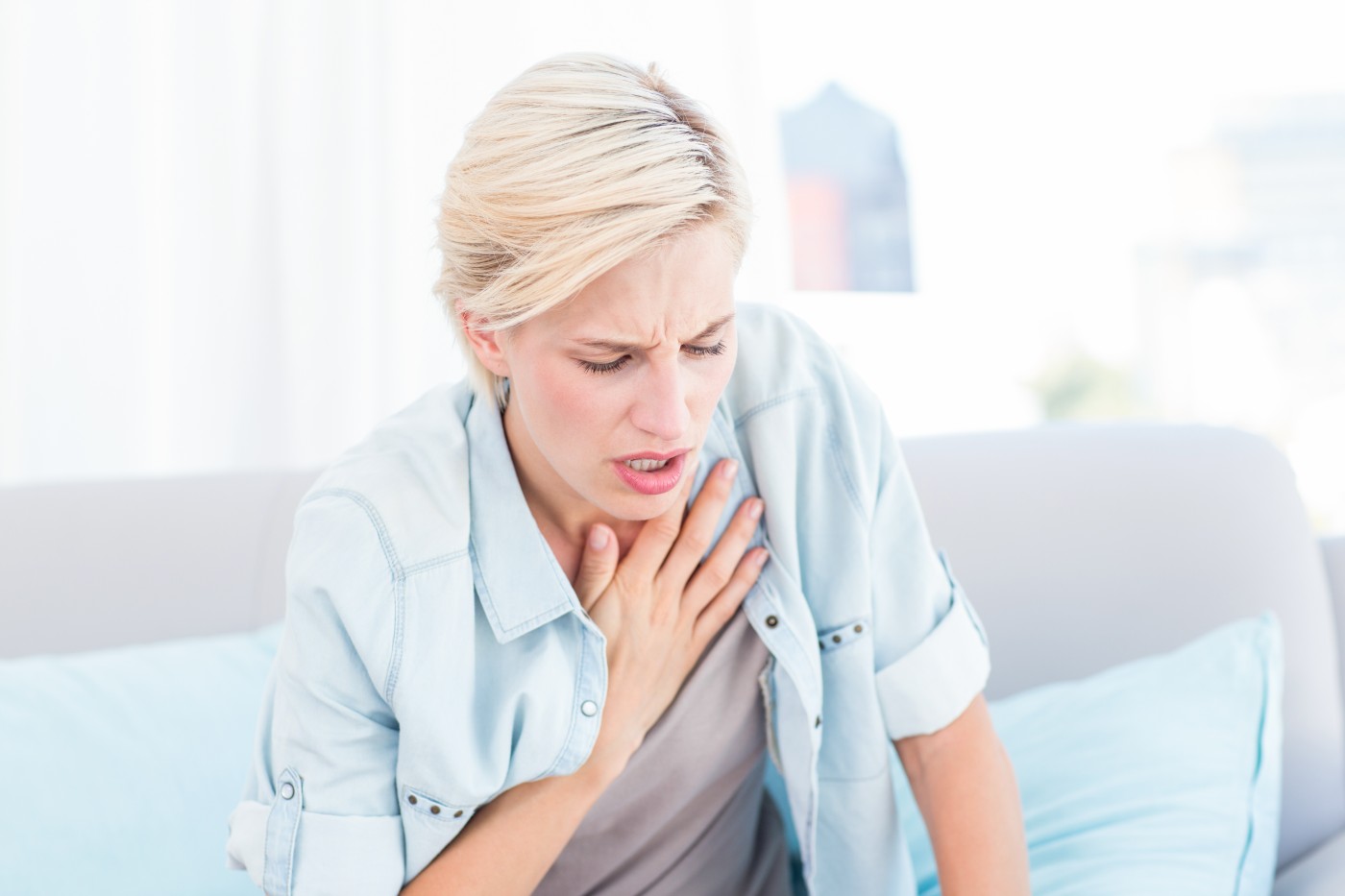A study recently presented at the CHEST Annual Meeting 2015 in Montreal, Canada (Oct. 24–28), revealed a case report suggesting that mechanical insufflation-exsufflation (MI-E) may be beneficial for patients with bronchiectasis. The study was presented at the meeting’s Global Case Report Poster Session, and was entitled “Mechanical Insufflation-Exsufflation for Patients With Bronchiectasis and After Tracheal Stenting.”
Mechanical insufflation-exsufflation (MI-E) is a technique mainly used in patients with neuromuscular disease who have reduced sputum expectoration strength. MI-E devices alternate positive and negative airway pressure to stimulate cough and mucus expectoration.
Patients with bronchiectasis typically suffer from a chronic airway inflammation, scarring of the lung tissue and mucus accumulation, although they are able to expectorate. Nonetheless, the presence of abundant and viscous sputum, combined with a decreased ciliary motility of the airway epithelium, can make sputum expectoration difficult. The efficacy of MI-E in this particular patient population has, however, not been explored.
In the study, researchers presented a case report of an 83-year-old woman with advanced bronchiectasis and lung infection with Pseudomonas aeruginosa bacteria. The patient experienced an increasing number of hospitalizations due to increased sputum and respiratory discomfort, and also due to her drug-resistant Pseudomonas aeruginosa infection caused by long-term antibiotic administration. The patient was submitted to MI-E (CoughAsist E70® Philips Respironics, Japan) in order to improve her symptoms and discomfort through sputum expectoration.
Researchers reported that a considerable amount of sputum was easily expectorated with the help of the MI-E device. Furthermore, the patient percutaneous arterial O2 saturation and fever pattern improved. On day 19 after the beginning of the treatment, the patient’s neutrophil (type of white blood cell) count normalized, the required oxygen level decreased (from 5 to 3 L) and the P/F ratio (ratio of arterial oxygen partial pressure to fractional inspired oxygen) improved. The patient was discharged from the hospital at day 22, and continued MI-E treatment at home.
The team reports that this is the first study showing that the MI-E technique seems to be effective and beneficial in patients with bronchiectasis. The team suggests that increased sputum elimination through MI-E may lead to an improvement of the clinical symptoms of the disease. Future studies should further assess the clinical value of MI-E intervention in patients with bronchiectasis and other various chronic respiratory conditions.

